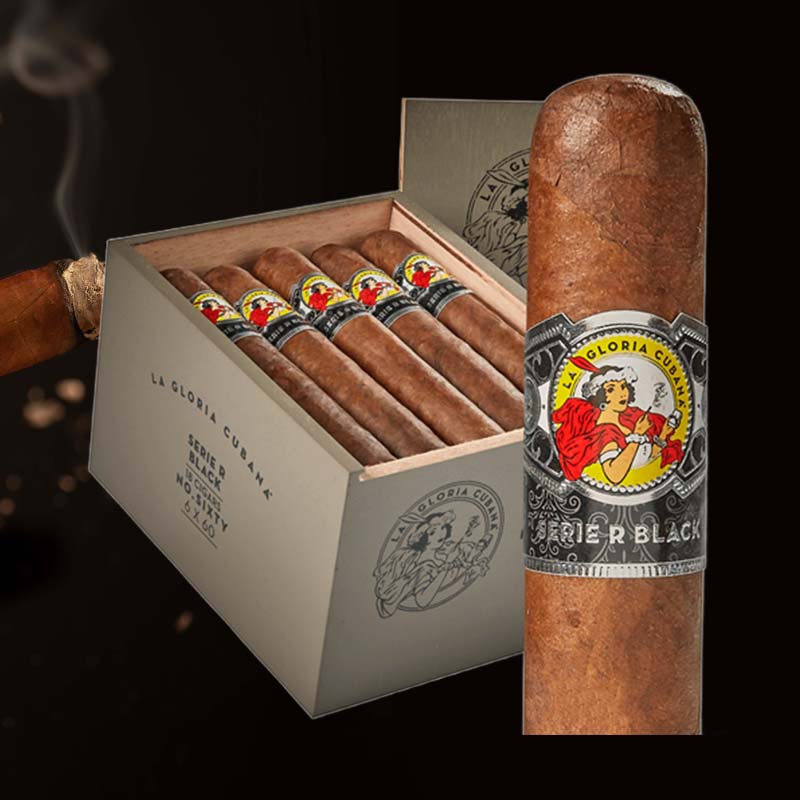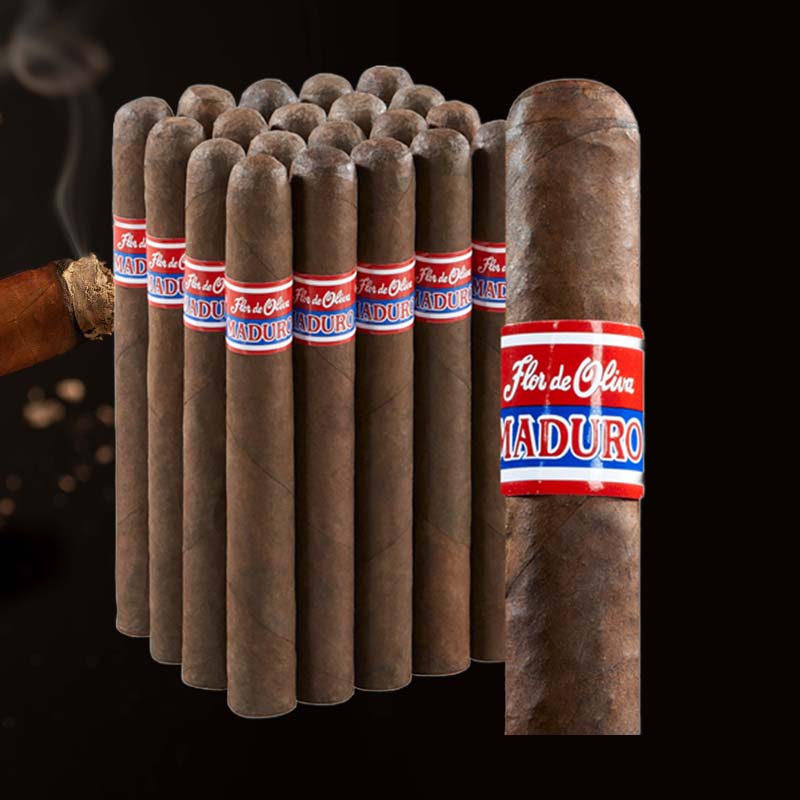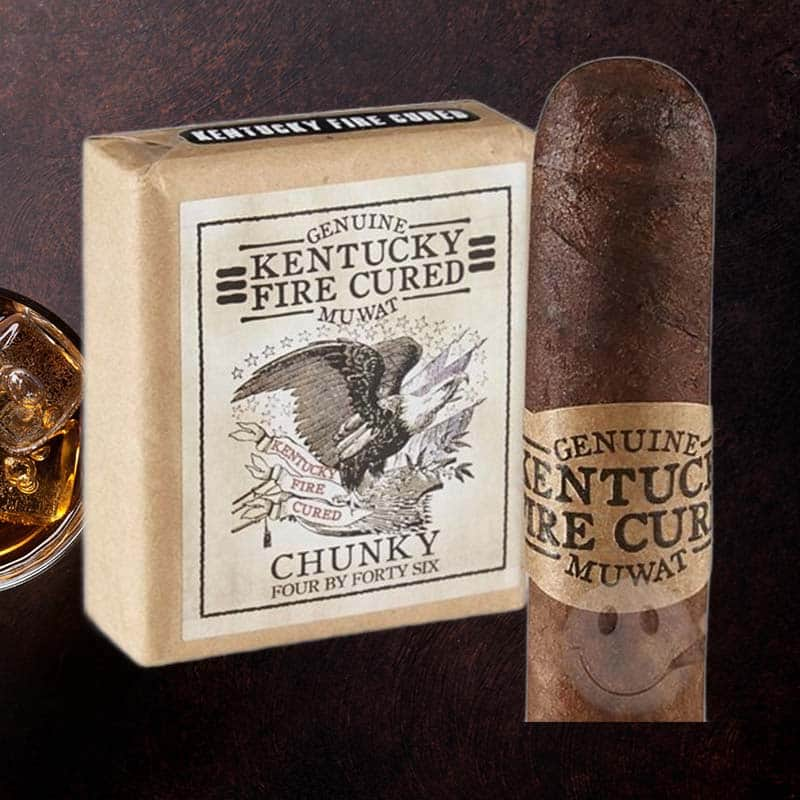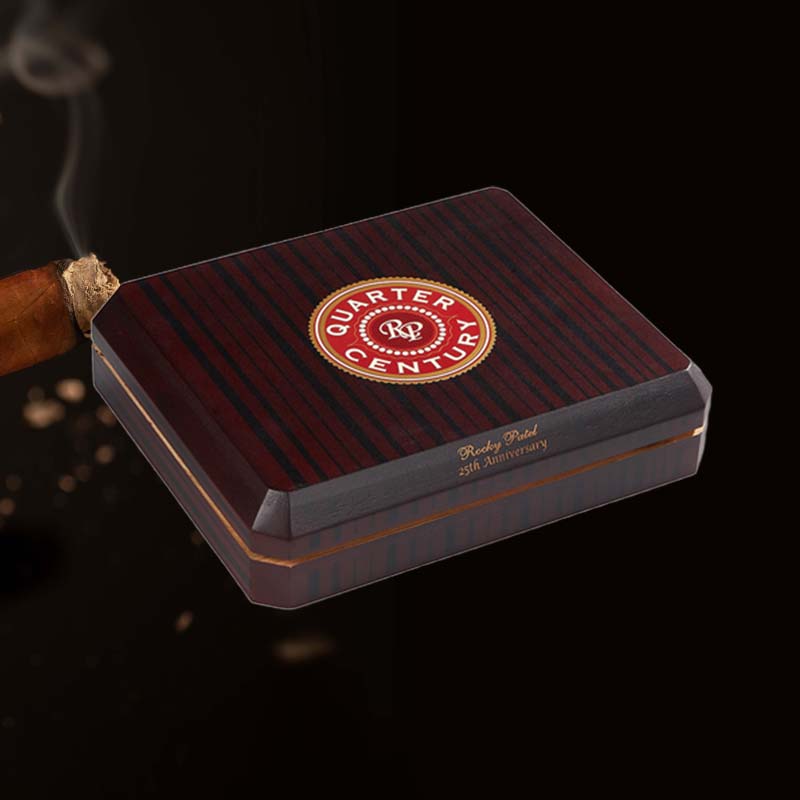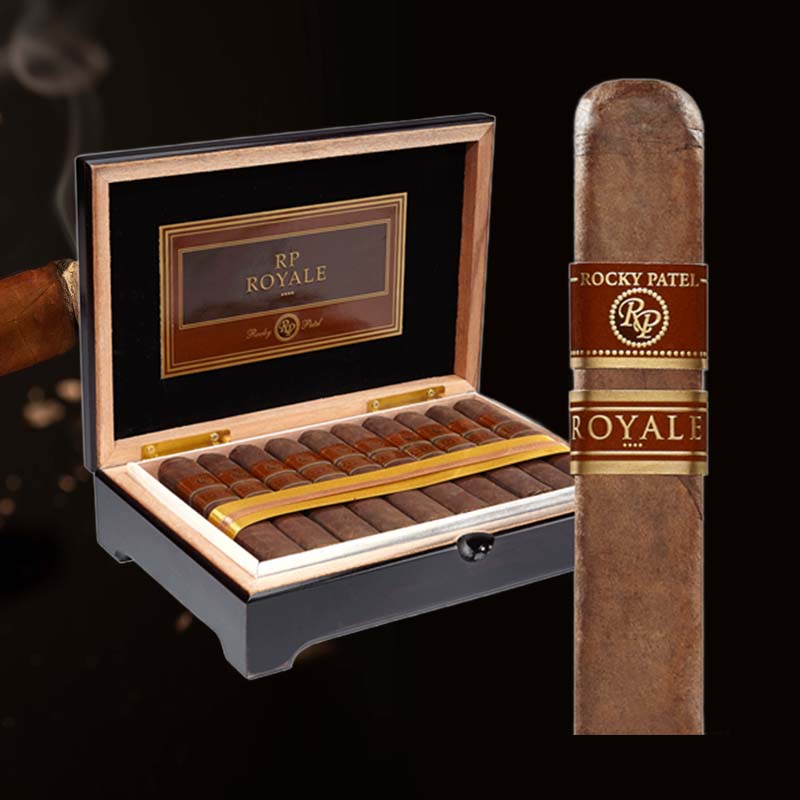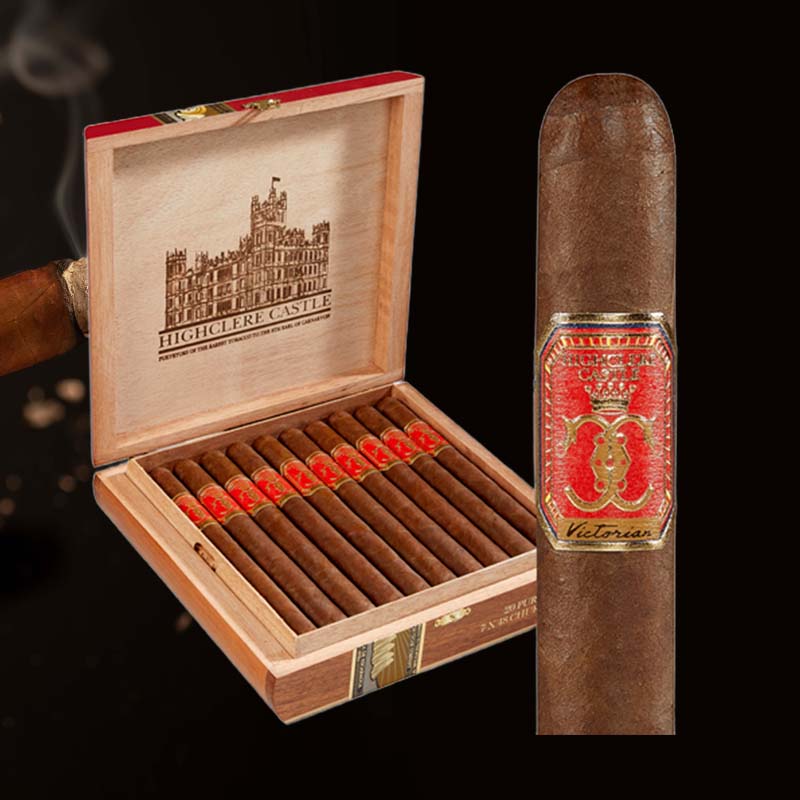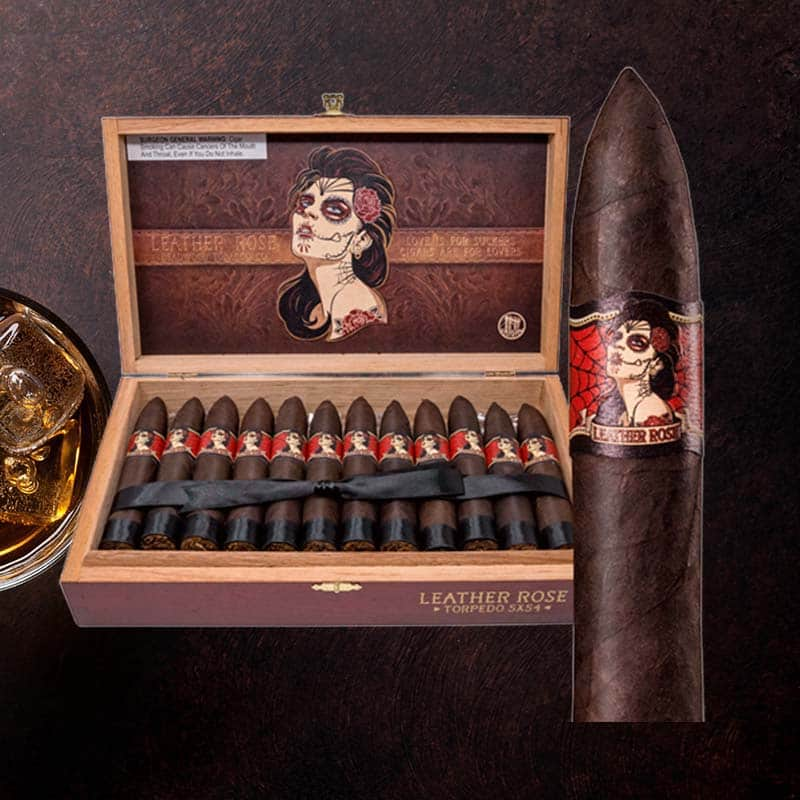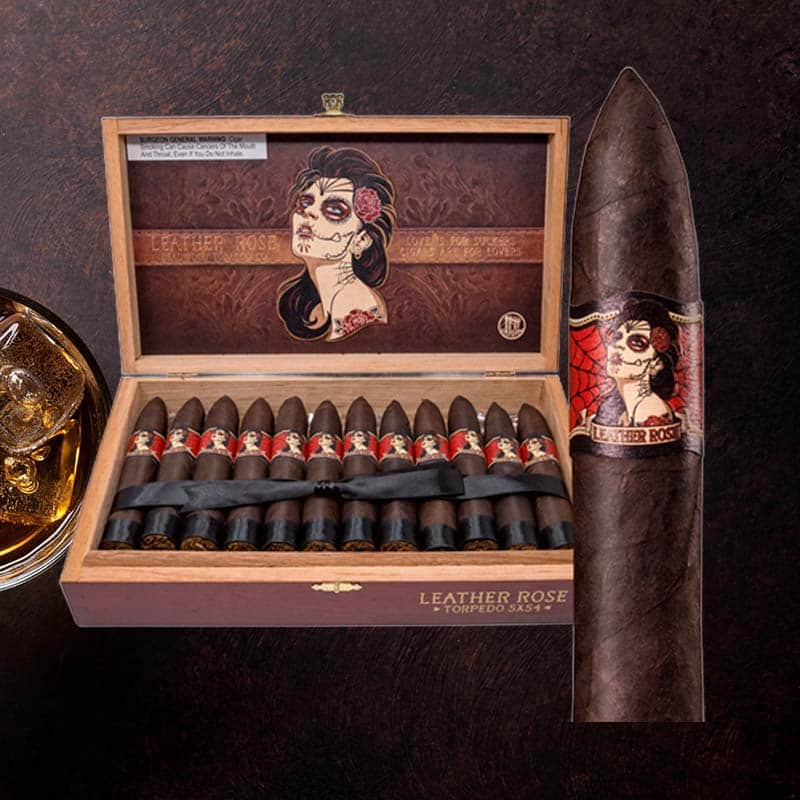How to light a butane torch with a lighter
How to Light a Butane Torch with a Lighter
Ever found yourself in the middle of a project, excited to use your butane torch, and suddenly realized you don’t know how to light it? I’ve been there, and let me tell you, that feeling of frustration can be overwhelming. But fear not! I’m here to guide you step-by-step on how to light a butane torch with a lighter, all while ensuring your safety and keeping those flames burning brightly. Grab your lighter and let’s dive into this journey together!
Necessary Tools
- Butane Torch
- Butane Fuel
- Lighter (preferably a long-reach lighter)
- Screwdriver (if needed for torch adjustments)
- Safety goggles (recommended)
Safety Precautions
Before we unleash the flames, safety should always come first. I always wear safety goggles to protect my eyes, especially when I’m working with flammable materials. Make sure you’re in a well-ventilated area free from any flammable substances to prevent accidents. Remember, it’s always better to be safe than sorry!
Step 1: Preparing the Butane Torch
Check Fuel Level
First things first, I always check the fuel level of my butane torch. If it’s running low, it’ll be a frustrating experience trying to light it. Make sure there’s enough fuel before proceeding!
Inspect for Damage
Next up, I inspect my torch for any signs of damage. Cracks, leaks, or any visible wear can affect the performance of the torch. It’s crucial to ensure everything is in perfect working order!
Step 2: How to Bleed the Torch
Why Bleeding is Important
Bleeding the torch is an essential step that I often hear neglected. It helps to remove any excess fuel from the chamber, allowing for a cleaner and safer ignition.
How to Properly Bleed the Torch
- Hold the torch upright.
- Locate the bleed valve (often on the bottom).
- Using a small screwdriver, gently press to let out any trapped gas.
- Once completed, it’s time to refill the torch with fresh butane.
Step 3: Filling the Torch with Butane
Choosing the Right Butane
I can’t stress enough the importance of using high-quality butane. Some brands leave residue that clogs the torch, which I’ve experienced firsthand. Look for 100% pure butane for optimal performance.
Correct Filling Techniques
When filling the torch, I always follow these steps:
- Turn the torch upside down.
- Insert the butane nozzle into the filling valve.
- Press down firmly for about 5 seconds; you’ll hear the gas filling.
- Wait a minute before lighting to let it settle.
Step 4: Lighting the Torch
Using a Lighter to Ignite the Torch
With everything prepped, it’s time to light up! I prefer using a long-reach lighter for this part. Point the lighter near the torch’s ignition area and press the button or trigger while adjusting for flame.
Avoiding Common Mistakes
Here are some mistakes I’ve made and learned from:
- Not allowing enough time for butane to settle before lighting.
- Holding the lighter too far from the ignition point.
- Trying to light with low fuel.
Step 5: Adjusting the Flame
Setting the Flame Height
Once lit, I always adjust the flame to the desired height for my needs. Most torches have an adjustable control which is easily manipulated. I love to experiment to find the perfect height!
Understanding Flame Types
Keen on precision? Understanding the flame types can enhance your experience. A blue flame generally indicates a hotter, cleaner burn, while a yellow flame often means incomplete combustion. Adjust accordingly based on your project.
Maintenance Tips for Your Butane Torch
Regular Cleaning Practices
Keeping my torch clean is a priority! After every few uses, I wipe down any residue with a clean, dry cloth, and check for blockages to ensure it runs smoothly.
When to Replace Parts
It’s wise to regularly check the nozzle and the ignition system. If the torch fails to ignite or produces an inconsistent flame, consider replacing these parts as they’re usually affordable and easy to obtain.
Common Issues When Lighting Butane Torches
Torch Won’t Light
If my torch won’t light, I immediately check the fuel level and ensure there’s nothing obstructing the ignition source. Sometimes, a simple bleed can make all the difference!
Flame is Inconsistent
I’ve dealt with inconsistent flames, and it can be frustrating! Usually, this is a sign of either low fuel or a dirty nozzle. Regular maintenance goes a long way in avoiding these headaches.
How to Store Your Butane Torch
Best Practices for Safety
Always store your butane torch upright in a cool, dry place. I keep mine away from direct sunlight and heat sources to prevent pressure build-up. It’s crucial for safety!
Ensuring Longevity
Longevity is key! I also make sure to empty the fuel if I plan to store it long-term. A well-cared torch lasts longer and performs better!
Buying Guide for Butane Torches
What to Look for in a Torch
When it comes to purchasing a new torch, I look for features like adjustable flame height, safety lock mechanisms, and an ergonomic design. It’s worth investing in a reputable brand!
Recommended Brands and Models
Some of my favorite brands include Blazer, Scripto, and Prometheus. They offer durability and quality that has never let me down during those crucial moments.
Conclusion
Recap of Key Steps
So, there you have it! Remember, preparation is key, from checking the fuel and bleeding the torch to lighting it carefully. Following these steps can help you enjoy every project with confidence.
Additional Resources for Users
If you’re new to butane torches or want to master advanced techniques, I recommend checking out online forums or instructional videos for extra tips and tricks!
FAQ
Can I use a lighter to light a torch?
Yes, you can use a lighter to ignite a butane torch, especially a long-reach lighter which allows you to maintain a safe distance from the flame.
How to ignite a butane torch?
To ignite a butane torch, ensure it’s filled with fuel and bleed the chamber if necessary. Then, use a long-reach lighter to ignite the fuel at the torch’s nozzle.
Why is my butane torch not igniting?
If your butane torch isn’t igniting, check the fuel level and make sure the ignition system is functional; a bleed may also be necessary to remove excess gas.
Why does my torch lighter spark but not light?
A sparking torch lighter typically indicates that the ignition is working, but it may not have enough fuel, or there could be a blockage in the nozzle preventing ignition.


